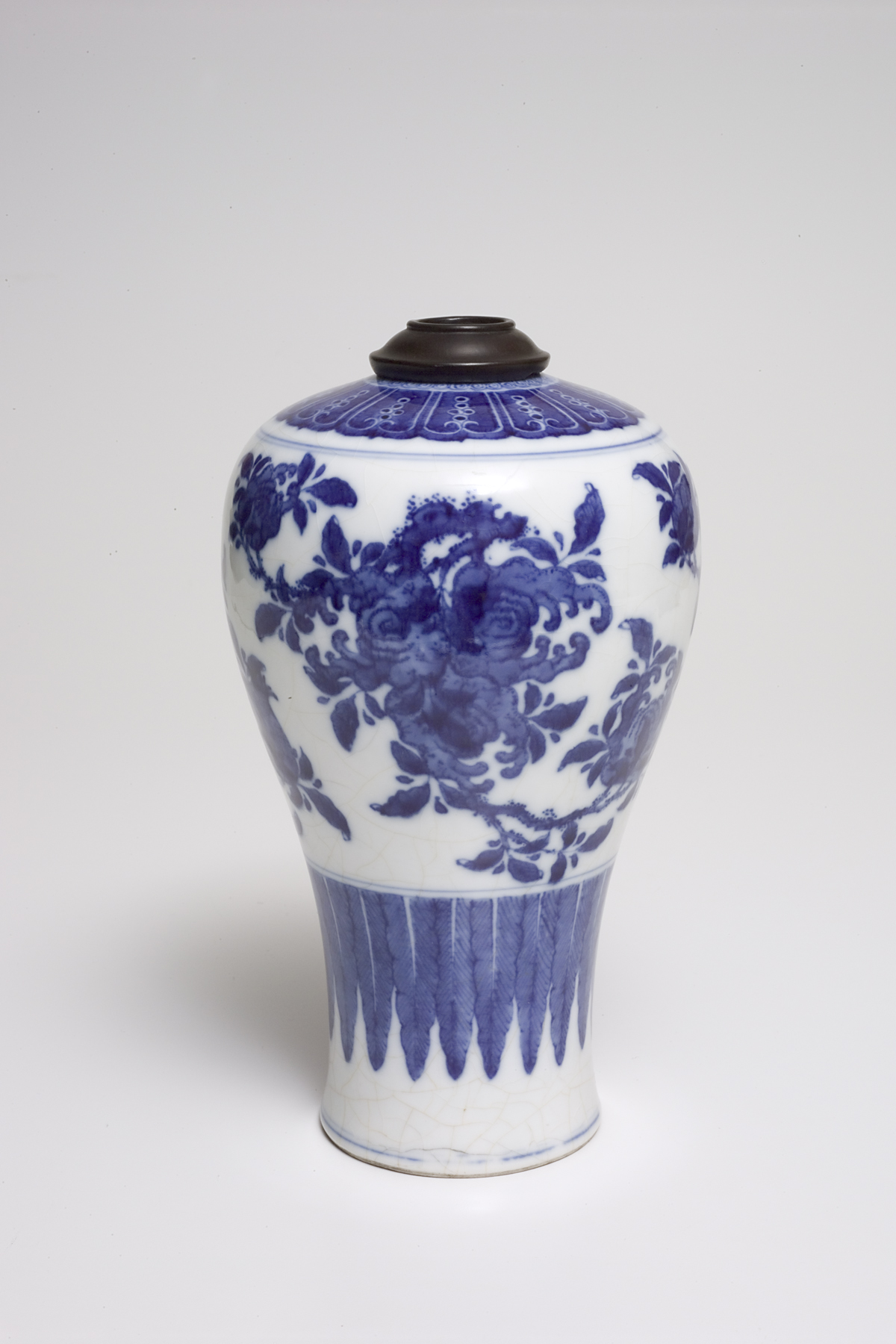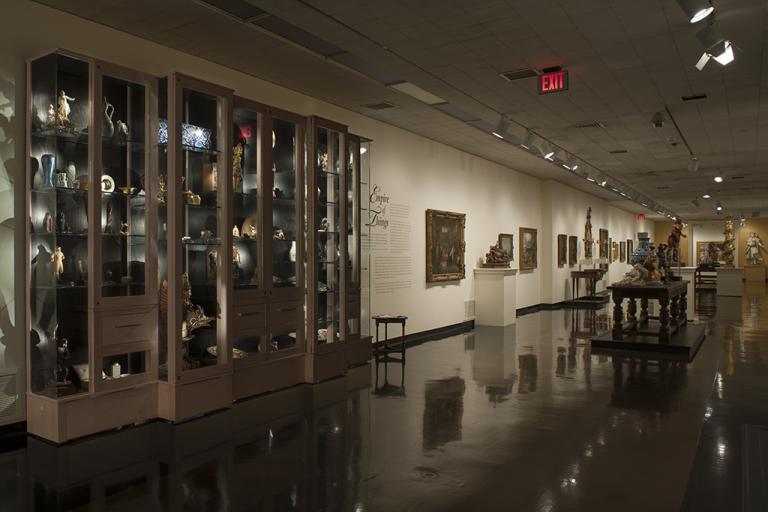meiping vase with pomegranate, peach and Buddha’s hand citron, unknown maker from China
Artwork Overview

meiping vase with pomegranate, peach and Buddha’s hand citron
, early 1700, Kangxi period (1654–1722), Qing dynasty (1644–1911)
Where object was made: China
Material/technique: underglaze; porcelain
Dimensions:
Object Height/Diameter (Height x Diameter): 23.1 x 13.9 cm
Object Height/Diameter (Height x Diameter): 9 1/8 x 5 1/2 in
Object Height/Diameter (Height x Diameter): 23.1 x 13.9 cm
Object Height/Diameter (Height x Diameter): 9 1/8 x 5 1/2 in
Credit line: William Bridges Thayer Memorial
Accession number: 1928.1442.a
Not on display
If you wish to reproduce this image, please submit an image request







